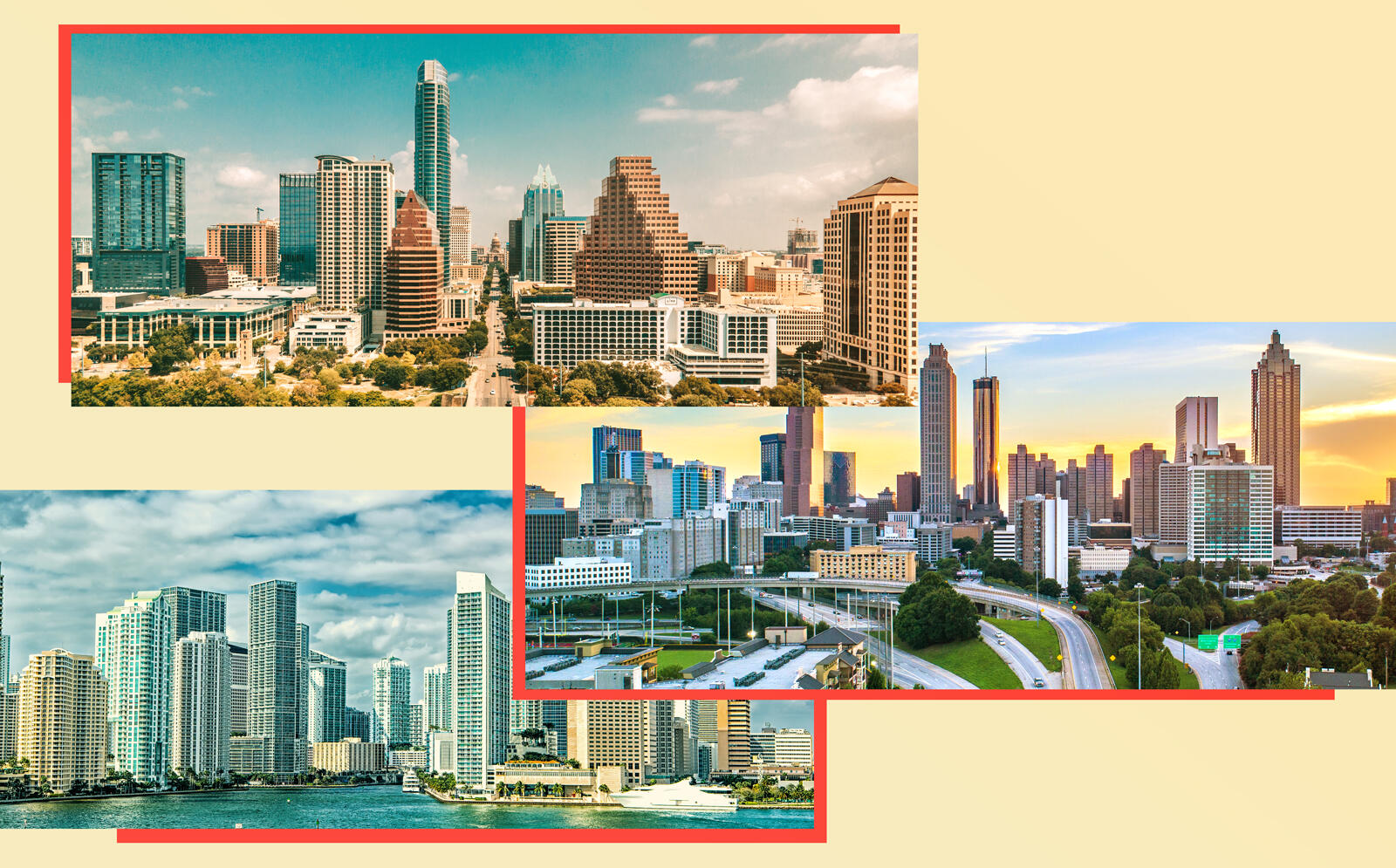U.S. commercial real estate investment bounced back in the second quarter, reversing the downward trend of the previous year.
Total dollar volume was $130.9 billion, up 169.5 percent from a year ago and just 2.2 percent shy of 2019’s figure, which was the No. 2 second quarter on record, according to CBRE.
Multifamily property transactions accounted for the biggest share among asset types at 37.4 percent, totaling $49 billion — more than triple the amount from the pandemic-ravaged second quarter last year. Industrial property transactions were second at $28.5 billion, more than twice the volume of a year ago. Third was office transactions at $24.4 billion, up 82 percent.
Private investors were the most active, pouring in $70 billion for the quarter, but their share among all investor types — 53.5 percent — was 3.6 percentage points lower than it was a year ago. Institutional investors and real estate investment trusts expanded their shares to 30.2 percent and 6.5 percent, respectively.
The level of recovery, however, has varied widely across regions.
Total investment for the past four quarters in South Florida, Austin and Atlanta increased by 18.7 percent, 16.4 percent and 16.3 percent, respectively, from the previous 12-month total. But large markets with denser urban areas underperformed, with drops of more than 30 percent in New York, Chicago, Seattle and Washington, D.C.
In Los Angeles, the past-year volume was down by 5.6 percent, and in San Francisco by 15 percent. The CBRE report did not give regional totals for the second quarter alone.
Office, hotel and multifamily cap rates in the second quarter declined by between 6 and 9 basis points year-over-year, while retail cap rates rose by 15 basis points.
